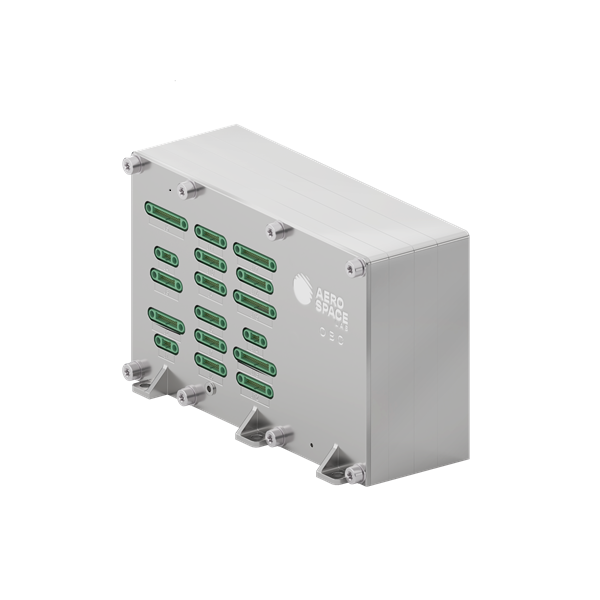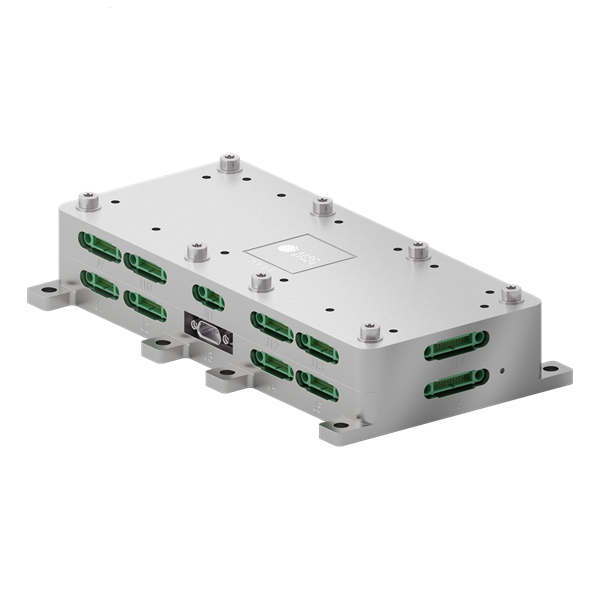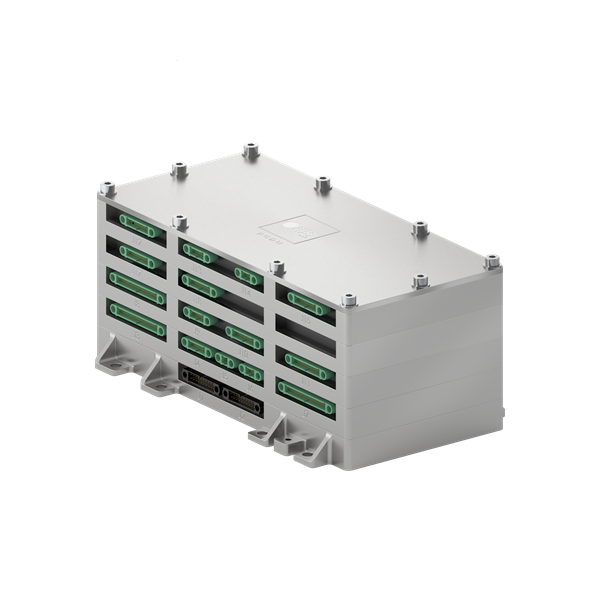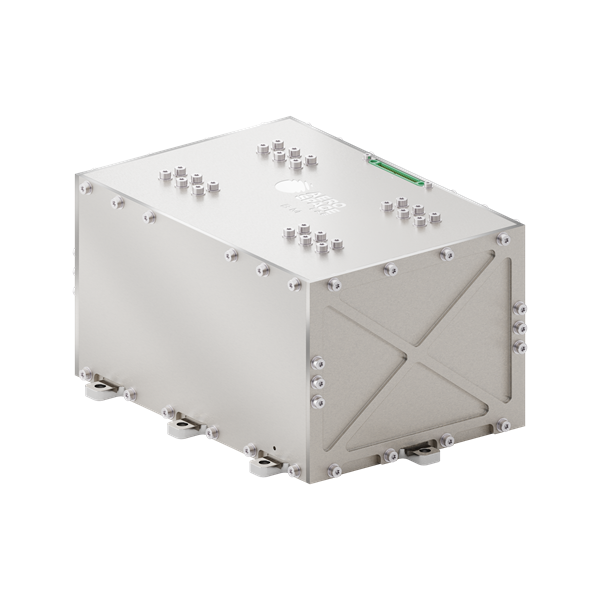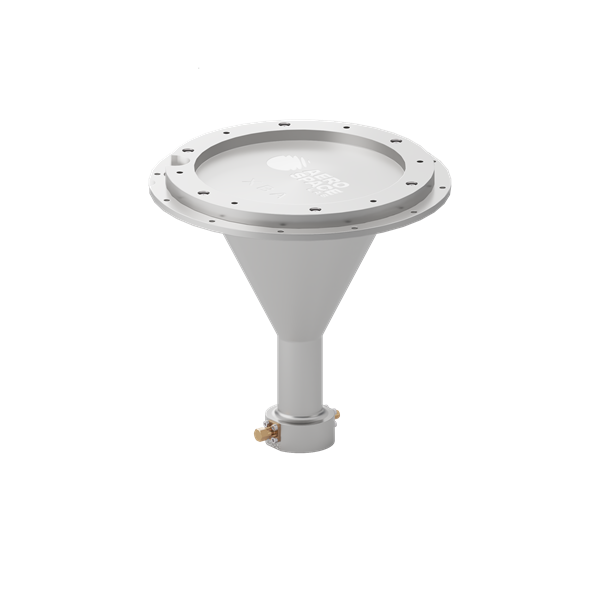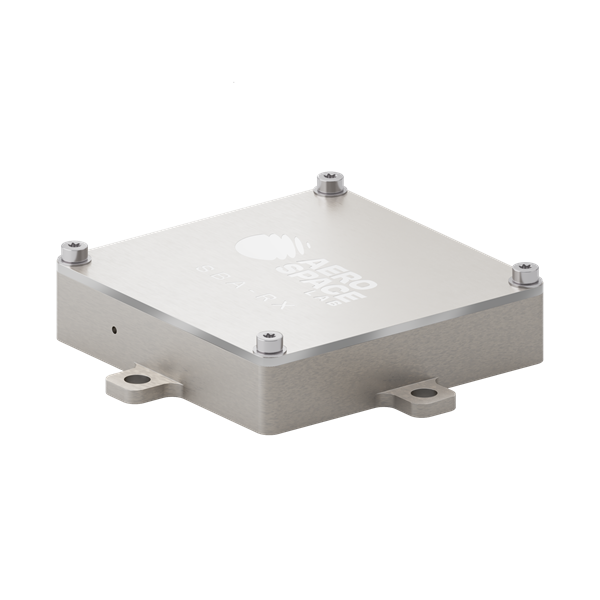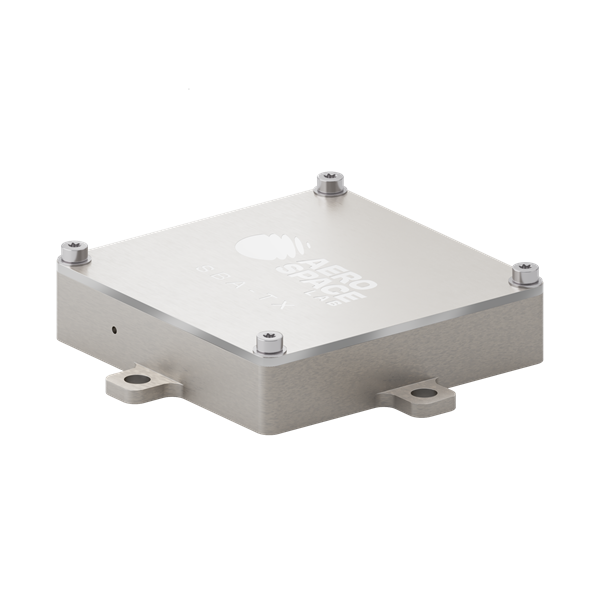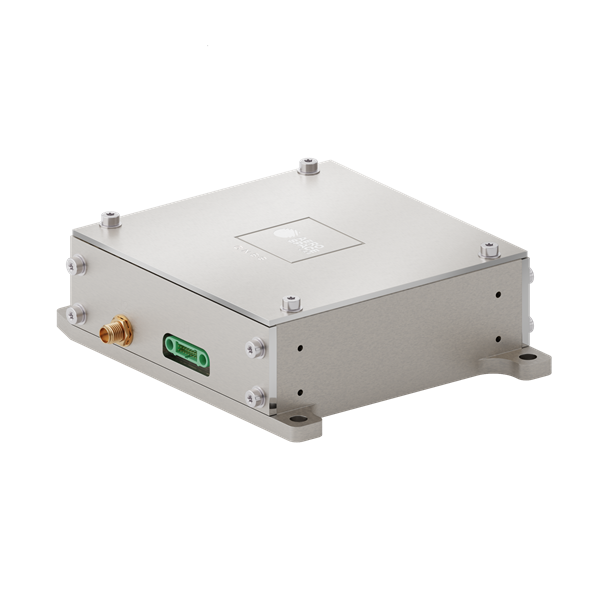Designed for
scalability
Satellite platforms
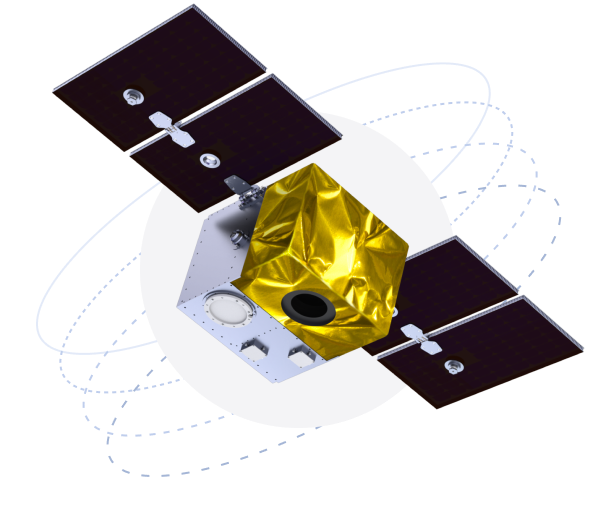
VSP-50
The VSP-50 has been optimized to pack maximum performance into an attractive form factor. Designed to fit the mass and volume of ¼ plate Space-X Rideshare plate, the VSP-50 can accommodate payload mass of up to 20 kg. Available to support both SSO and Dawn Dusk configurations.
Designed for a 5-year mission life, VSP-50 offers a level of flexibility across power, propulsion and data to meet the needs of your mission. VSP-50 leverages our TRL-9 avionics subsystems, enabling a low-risk program solution. With a payload agnostic capability supporting the needs of both optical payloads, requiring high precision pointing and agility to support Earth observation missions, and telecom payloads with higher power requirements, VSP-50 delivers great value for the compact size.
The VSP-50 has standardized interfaces, enabling schedule efficiency, delivers a cost efficient, high-performance satellite solution.
Platform
- Mass ~60kg
- Volume 1/4 plate SpaceX
- Orbit 450km to 800km
- Lifetime > 5 years
- Pointing accuracy < 80 μrad
- Pointing stability < 750 μrad/s
- Slewing Up to 3°/s
- Propulsion 15 kNs
- tt&c S-band
- Downlink X-band @250 Mbps
- Downlink Ka-band @3 Gbps
- Options Optical downlink up to 10 Gbps
Hosted payloads
- Mass Up to 20kg
- Volume 37cm x 46cm x 52cm
- Power 150 W (peak) / 35 W (average)
- Pointing Payload can be pointing any direction
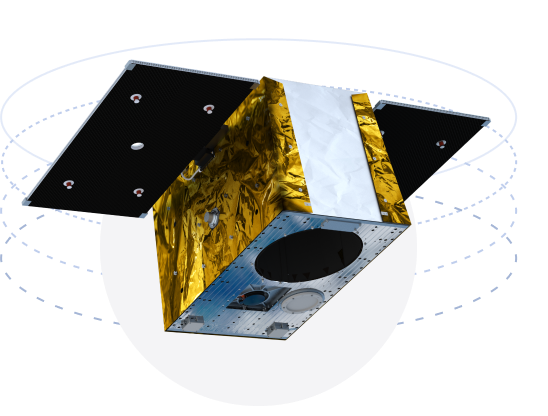
VSP-150
The VSP-150 has been optimized to pack maximum performance into an attractive form factor. Designed to fit the mass and volume of ½ plate Space-X Rideshare plate, the VSP-150 can accommodate payload mass of up to 50 kg. Flexibility in the system architectures permits increased power capabilities. Designed with scalability in mind for LEO constellations.
Proven heritage across 6 successful missions in-orbit today, the VSP-150 platform has demonstrated its versatility through accommodation of diverse payloads both optical and RF.
Use of in-house developed subsystems offers our customers the ability for customization across power, data and other mission needs. These TRL-9 subsystems are key enablers for streamlined, short turn around mission schedules.
Platform
- Mass 150kg up to 250kg
- Volume 1/2 plate SpaceX
- Orbit 450km to 800km
- Lifetime > 5 years
- Pointing accuracy < 80 μrad
- Pointing stability < 750 μrad/s
- Slewing Up to 3°/s
- Propulsion 50 kNs
- tt&c S-band
- Downlink X-band @250 Mbps
- Downlink Ka-band @3 Gbps
- Options Optical downlink up to 10 Gbps
Hosted payloads
Primary
- Mass Up to 50kg
- Volume 50cm x 50cm x 50cm
- Power 300 W (peak) / 50 W (average)
Secondary
- Mass Up to 5kg
- Volume 20cm x 20cm x 20cm
Satellite
subsystems
Aerospacelab has developed a series of Line Replaceable Units (LRUs) that offer flexibility to our customers diverse satellite platform needs. Designed with COTS components and qualified for space use, our units have now flown across 8 successful satellite launches.
Designed with scalability in mind, Aerospacelab is able to produce hundreds of units in a short period of time. Our subsystems are packaged in bundles and in sold in volumes. Please reach out to our sales teams for further information.
Mission
payloads
We have demonstrated successes across both optical and radio-frequency sensing payloads. We happily work with our customer furnished payloads, and can also assist with securing payloads through internal development or procurement from suppliers.
Very High-Resolution (VHR) satellites are used in urban planning, agricultural & environmental monitoring, and infrastructure inspection. They provide detailed insights into land-use changes, crop health, and disaster impact assessments, making them indispensable for industries requiring accurate and fine-grained information.
Multi-Spectral Imager (MSI) satellites play a vital role in environmental monitoring, agriculture, and disaster management by capturing data across various spectral bands. Their versatility enables precision farming, providing insights into vegetation health and land dynamics, while also supporting rapid disaster impact assessments.
Radio Frequency Sensing (RFS) satellites collect and analyze electronic signals, including communication and radar emissions, to gather intelligence. Primarily used for defense and national security, they provide critical information on adversaries' activities, aiding in threat assessment, monitoring communications, and enhancing overall situational awareness.
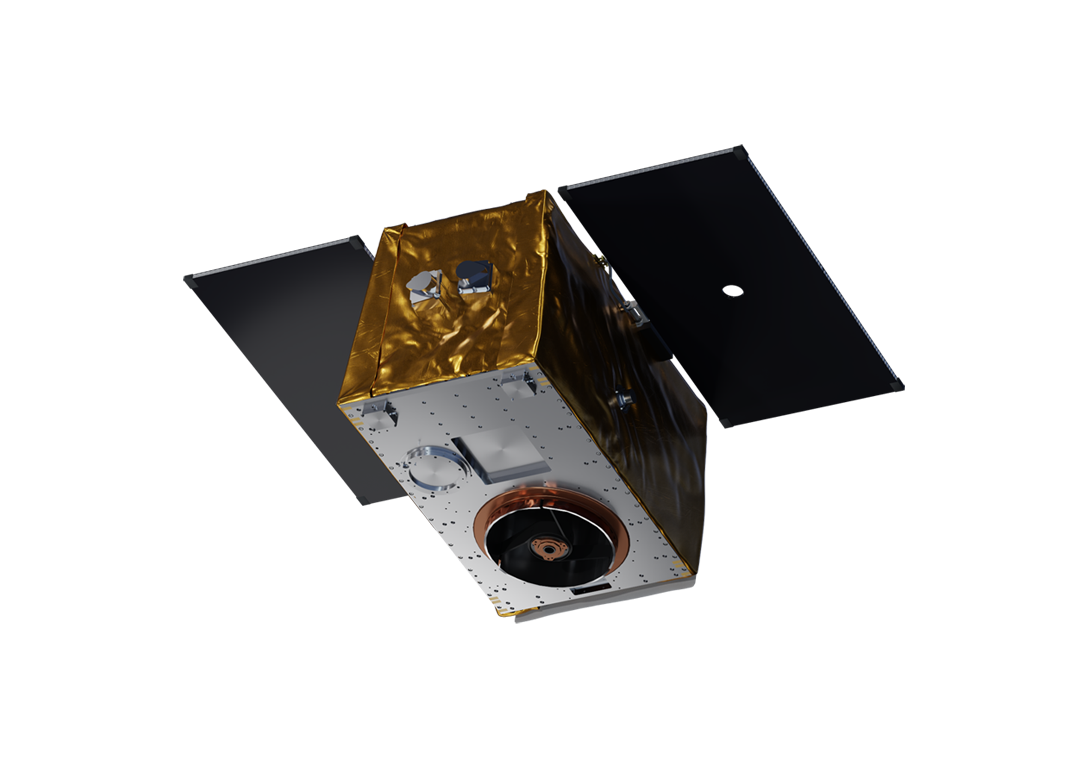


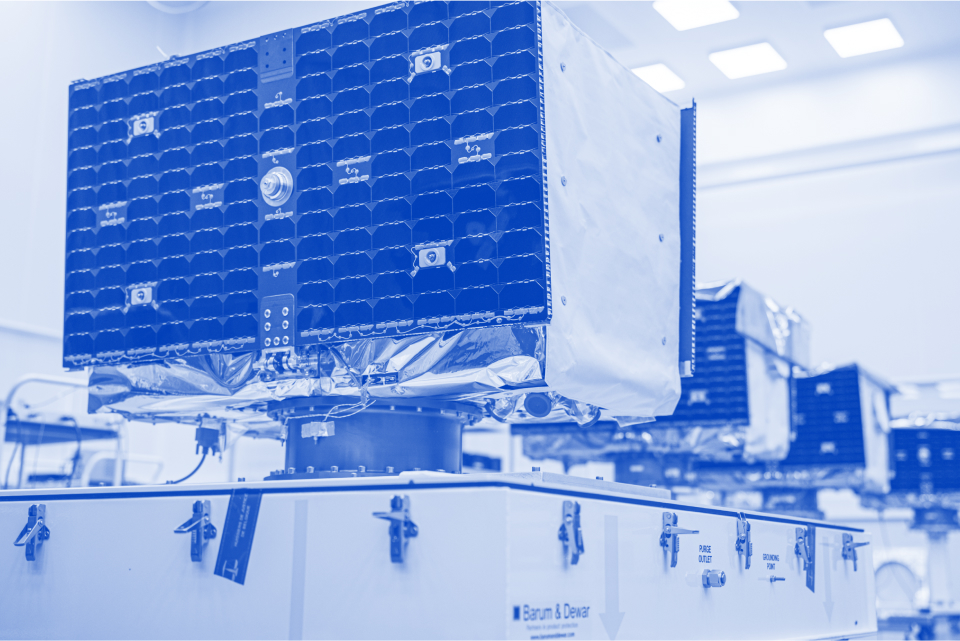
Turnkey satellites
AEROSPACELAB has proven capabilities in delivering Turnkey satellites to meet a variety of mission objectives.
Our family of Versatile Satellite Platforms, are designed to accommodate a diverse set of payloads, both Optical and RF. We have in-house Optical payloads that support both VHR and MSI missions. We have also successfully demonstrated development of RF sensing payloads. We are ready to support the market needs with our own payloads, as well as support customer furnished payloads and deliver Turnkey satellites to orbit.
